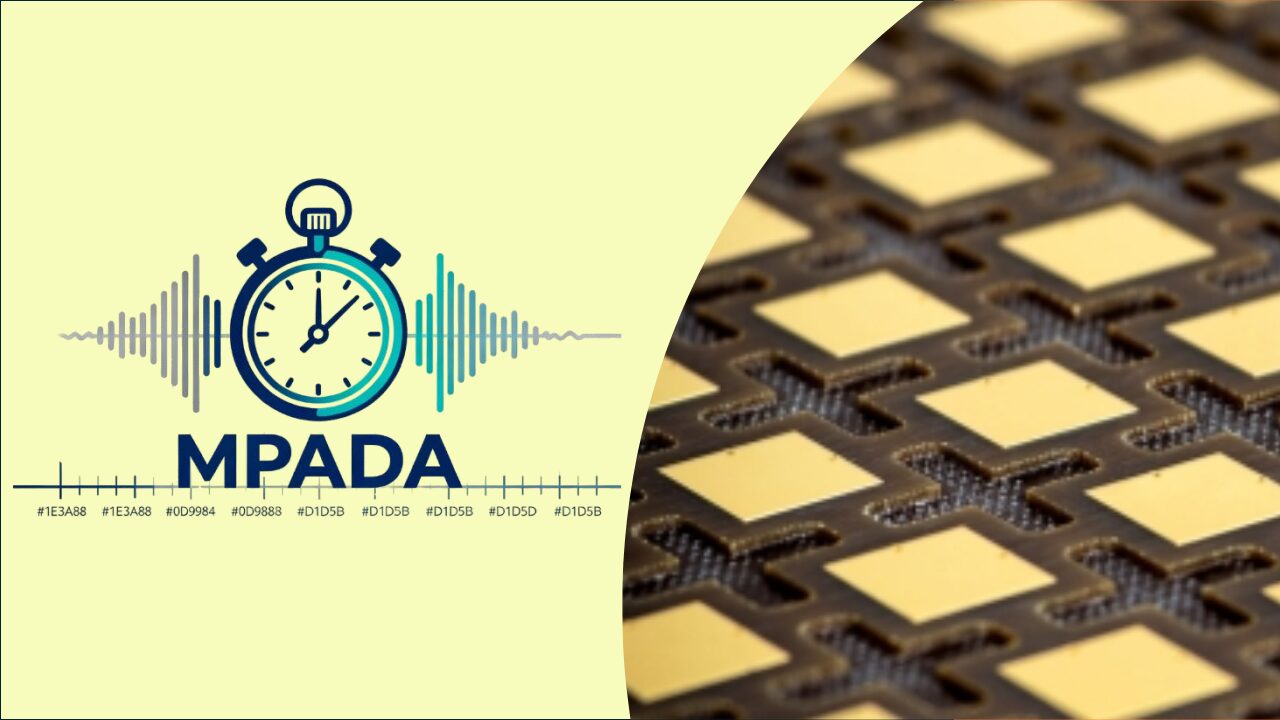
MPADA: New Open-Source Framework Revolutionizes Synchronized, Multimodal RF Measurements
As technologies like multiple-input multiple-output (MIMO) systems and RF-based biosensing advance, there is an exponentially growing demand for multi-channel capabilities and temporal data acquisition. While Vector Network Analyzers (VNAs) remain the cornerstone of antenna measurements due to their unparalleled precision, existing measurement protocols struggle to integrate VNA data seamlessly with other sensor streams.
Standard S-parameter measurements lack timestamps. Consequently, concurrent collection from VNA data and non-RF sensor streams typically requires multiple, independently operated collection systems, necessitating manual post-processing to align the data to a common time axis before analysis. This complexity hinders the effective integration of RF signals into the growing field of multimodal signal processing.
To address these challenges, researchers at The Ohio State University have developed MPADA (Multi-Port Antenna Data Acquisition), an open-source framework designed to automate S-parameter measurements and flexibly integrate non-RF systems.
Synchronized Data Fusion at its Core
MPADA’s architecture is built around maximizing automation and promoting reliable, repeatable data collection.
• Hardware Compatibility: The framework relies on the standard SCPI protocol, ensuring compatibility across a wide range of VNA devices and hardware platforms.
• Time Synchronization: The system overcomes the timestamp limitation by using a high-precision real-time clock (RTC). The RTC allows MPADA to periodically trigger the VNA and simultaneously acquire data from other sensors, ensuring that cross-modality inputs are synchronized for data fusion. This critical feature eliminates the need to align multiple data streams in post-processing steps.
• Multimodal Integration: MPADA facilitates the integration of controls for both RF and non-RF systems (sensors and actuators) into the same measurement protocol, enabling complex measurement cycles to be executed automatically without manual intervention. It supports two fundamental operational prototypes: sequential mode (measurements occur in a user-orchestrated order) and parallel mode (individual modalities operate independently under modal-specific sampling intervals via multi-processing).
Streamlined and Accessible Instrumentation
Designed with diverse technical backgrounds in mind, MPADA features a user-friendly and highly accessible interface.
• Web-Based Interface: The framework utilizes a web-based user interface, developed using the Gradio framework. This interface streamlines instrumentation, visualization, and data handling.
• Remote Experimentation: The entire UI is accessible from any mainstream web browser, including mobile devices, which allows users to remote access the control panels and enables remote experimentation.
• Cross-Platform: MPADA is built as cross-platform software compatible with Linux, Microsoft Windows, and macOS.
Validated Accuracy and Repeatability
Validation experiments confirm the system’s capacity to offer highly precise and reliable measurements.
• Microwave Tomography: Using the sequential operating mode, MPADA was applied to a microwave tomography imaging system. The automation achieved a high level of repeatability, successfully identifying a position-varying clutter component using coherent subtraction without any manual intervention during the measurement process.
• Timestamp Reliability: In experiments using the parallel mode to simultaneously monitor an RF kinematic sensor and a Hall effect sensor, the framework demonstrated robust timing accuracy. MPADA achieved an average of 11.8 ms MSE timestamp accuracy when collecting 16 minutes of mixed sampling rate data (10 to 20 Hz). Furthermore, when running tests on a Raspberry Pi 4 Single Board Computer, the system showed stable performance, where the probability of achieving an absolute sampling interval error smaller than 5 milliseconds exceeded 84.6%.
Benefit to Research and Education
MPADA is made openly available to the community. By providing researchers and engineers with a versatile tool for instrumentation, the authors hope the open-source nature of the framework will encourage new ideas and be of future benefit to the RF research community.
Additionally, the framework is offered as a potential education tool. Since it is a web-based application supporting remote access, MPADA can engage engineering students in the subject and foster hands-on learning by allowing them to control expensive VNA and peripheral devices via the internet, without needing physical lab attendance.
Chang, Y., Zhang, Y., Kiourti, A., & Ertin, E. (n.d.). MPADA: Open source framework for multimodal time series antenna array measurements. Retrieved from https://github.com/yuyichang/mpada
——————————————————————————–
Tags: vector network analyzer (VNA), antenna array measurement, time series, multimodal, human-machine interface (HMI), open-source framework, data acquisition, RF sensing, remote experimentation, SCPI protocol








